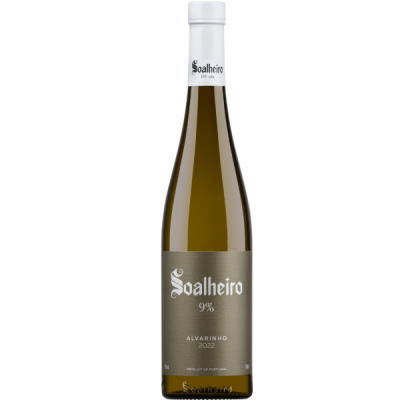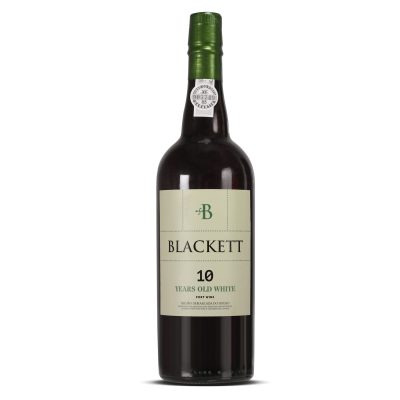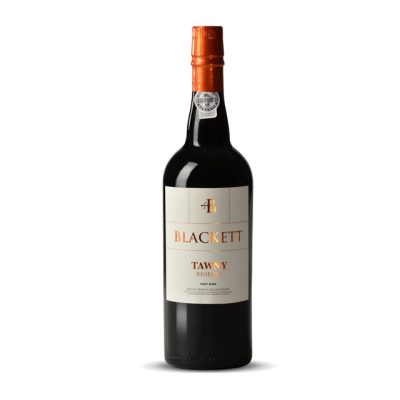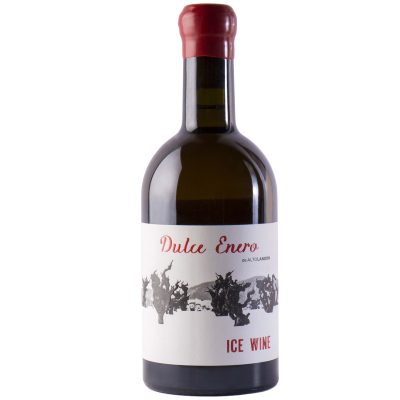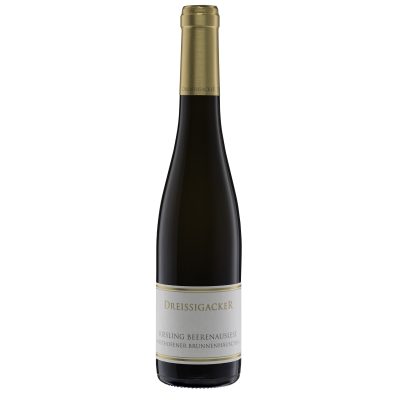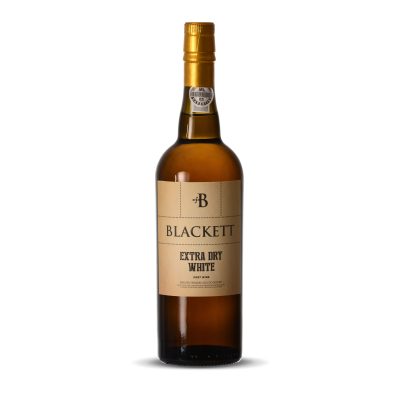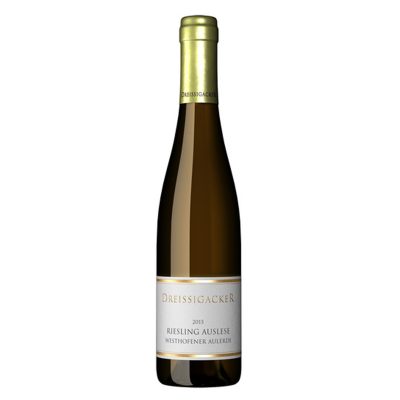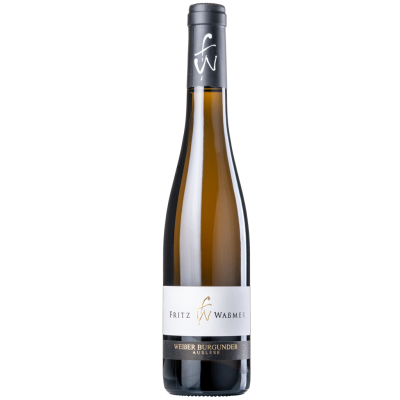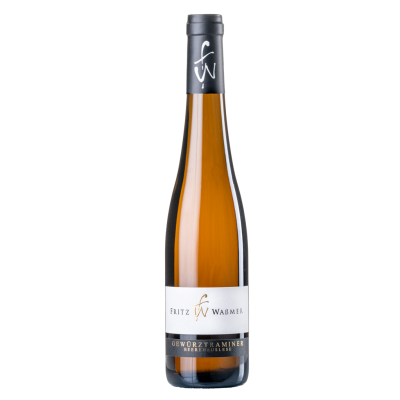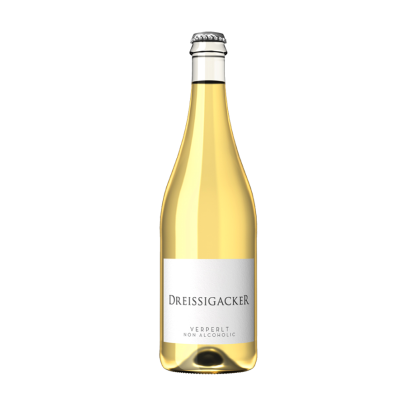Sweet wines have a higher residual sugar content, resulting in a noticeable sweetness on the palate. The sweetness in these wines can come from several sources, including ripe grapes, halted fermentation, or made from grapes affected by the noble rot (Botrytis cinerea). This fungal infection causes the grapes to dehydrate and concentrate their sugars, resulting in intensely sweet and complex wines. None of my sweet wines contain additional sugar or grape juice.
Fortified wines, such as Port can also have varying levels of sweetness. In these wines, a neutral grape spirit (brandy) is added during fermentation to halt the process and preserve the natural sugars, also resulting in a sweet profile.
Select category
“Ruby Reserve Port” has been added to your basket. View basket

